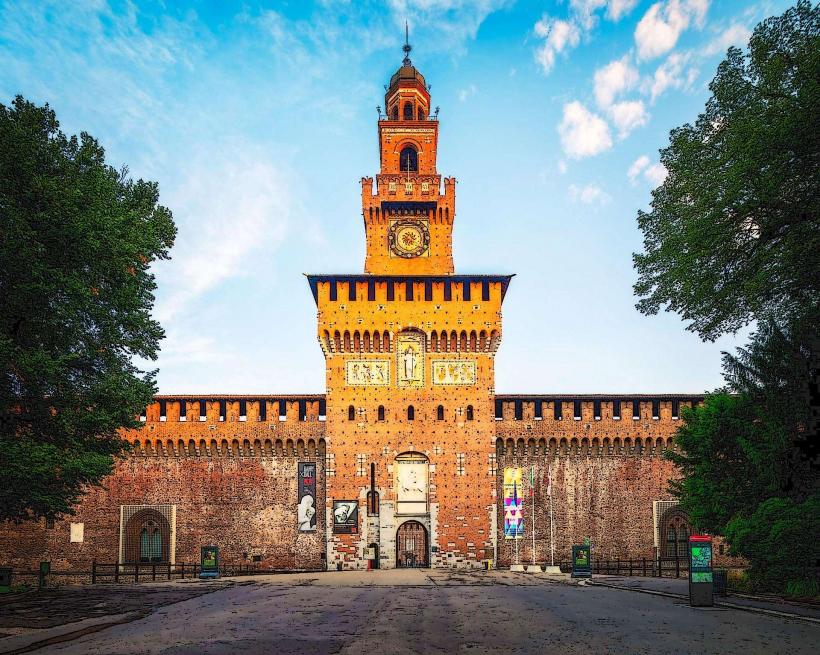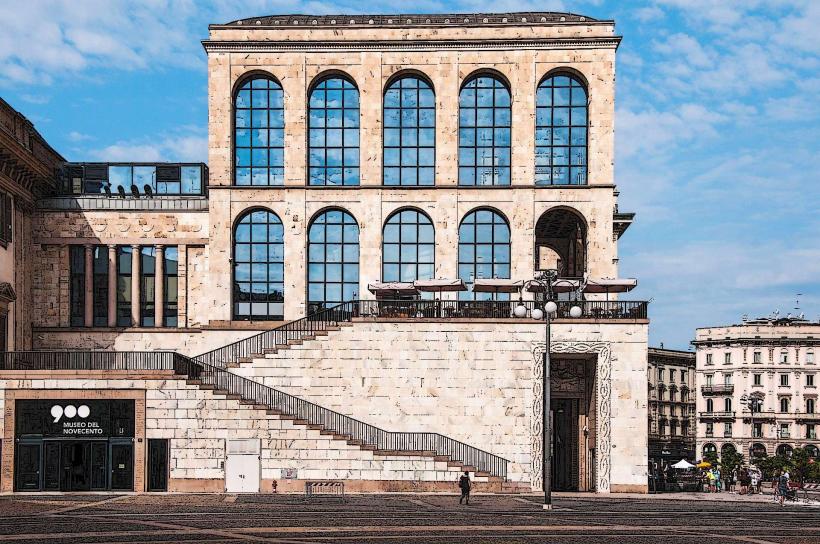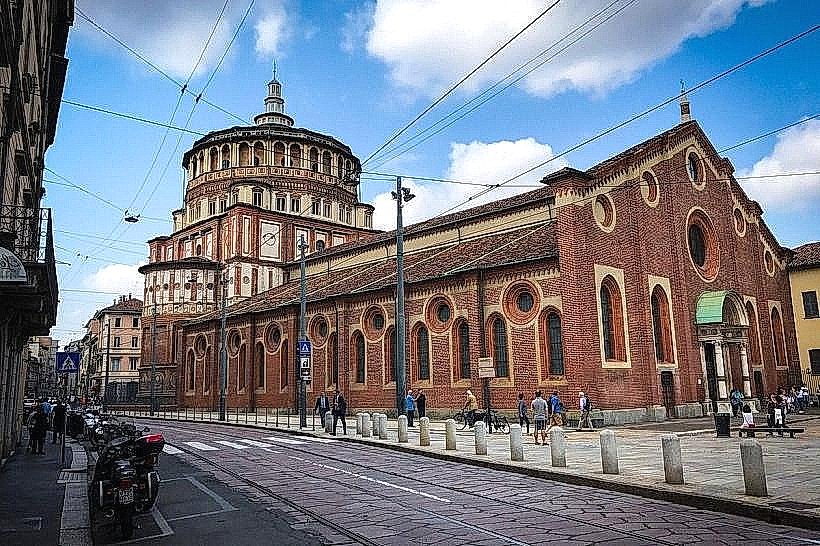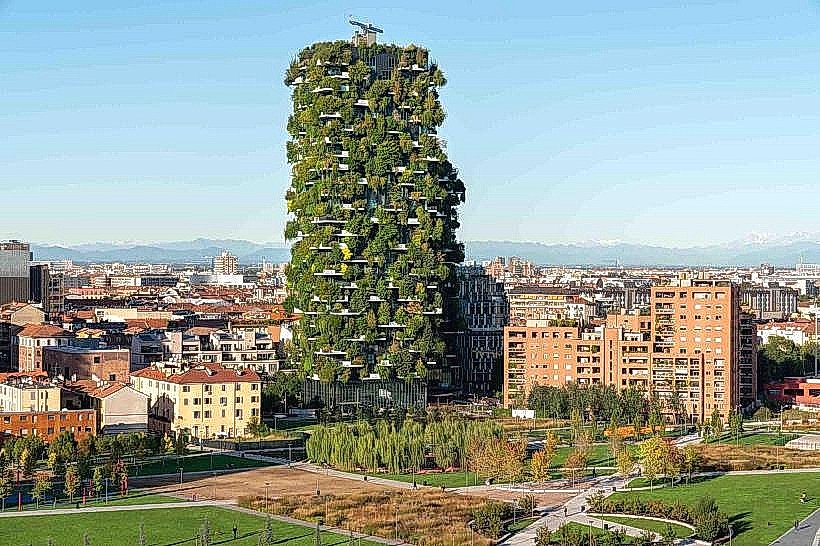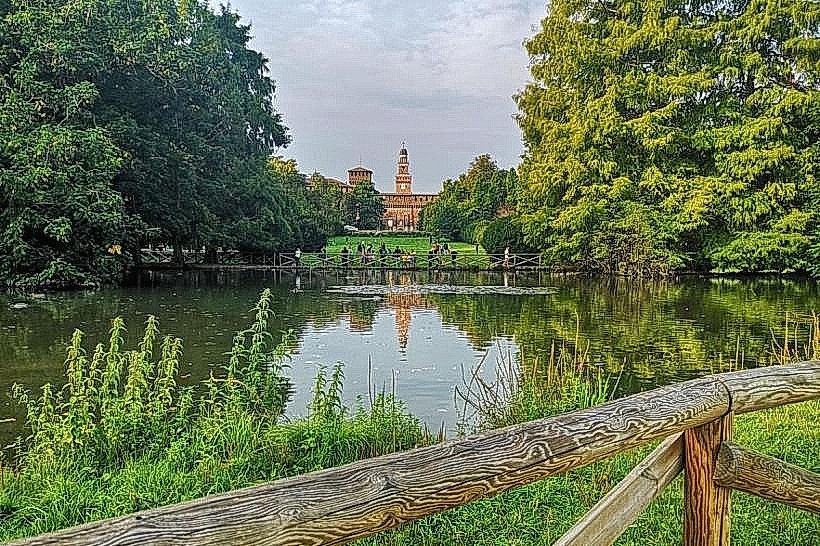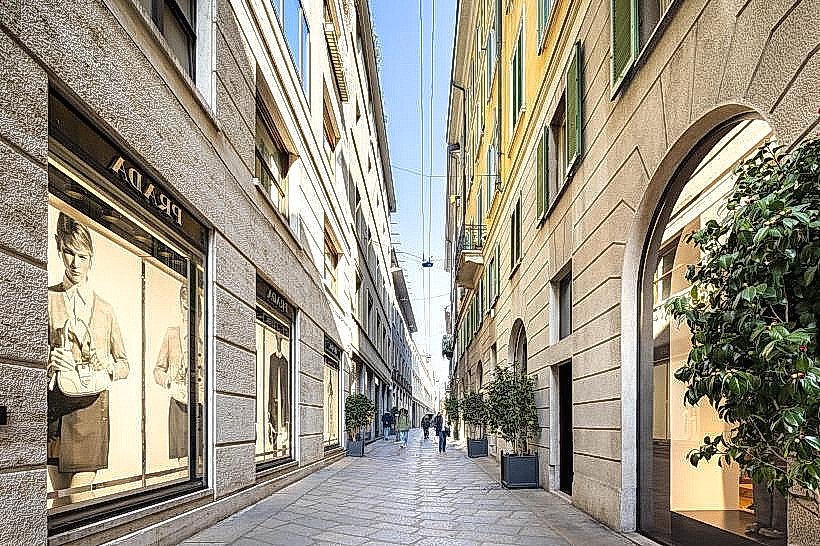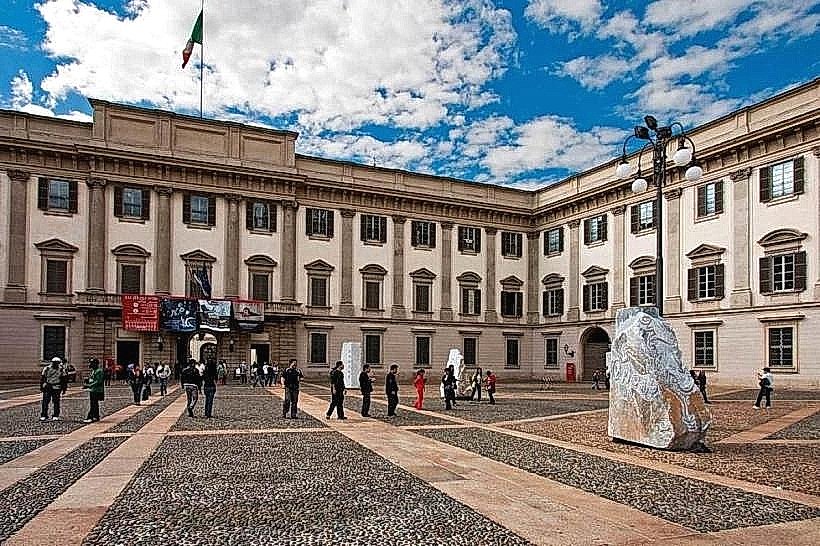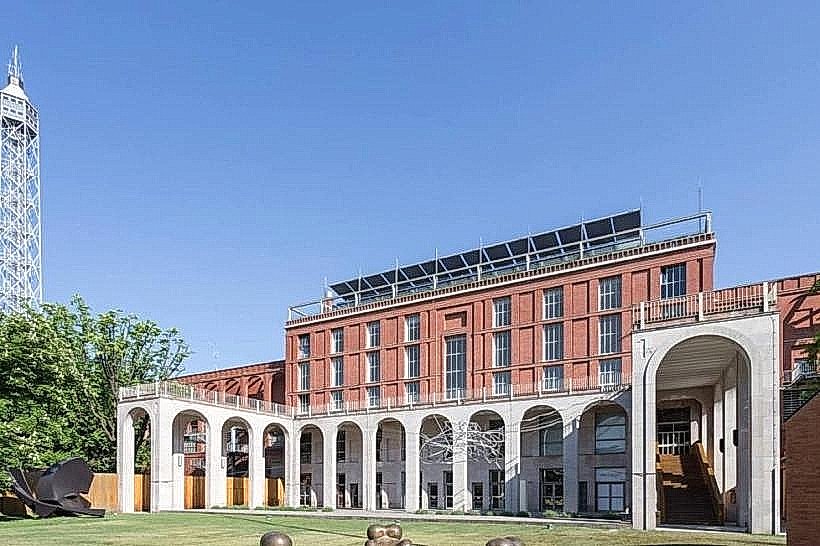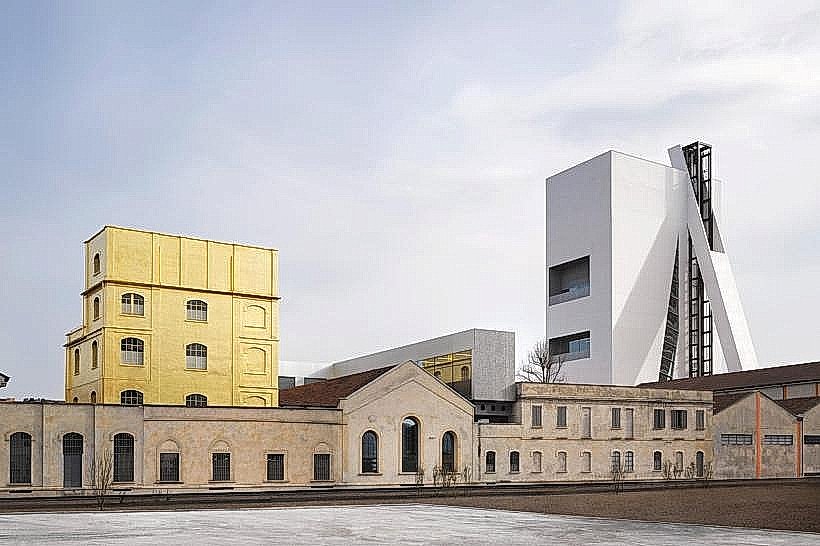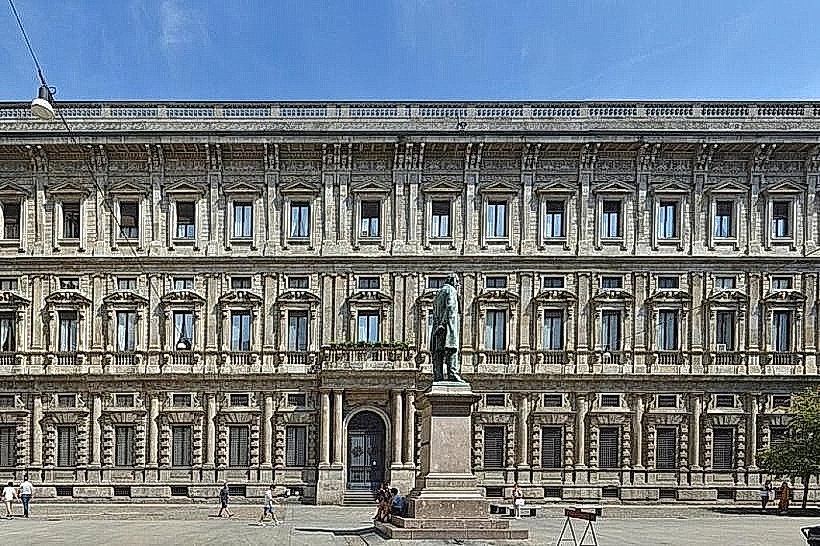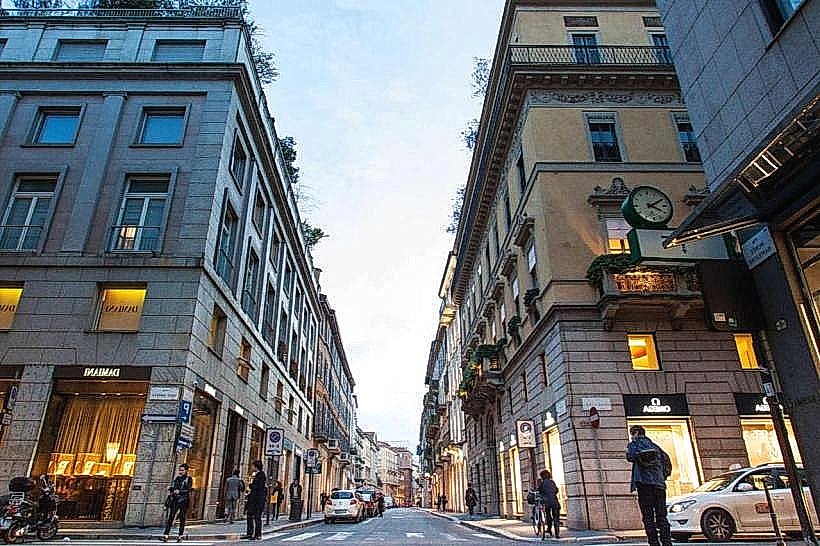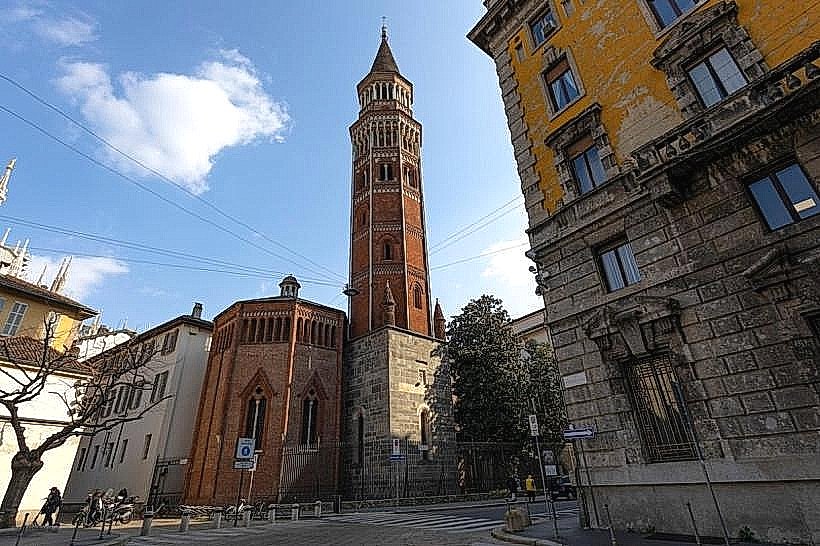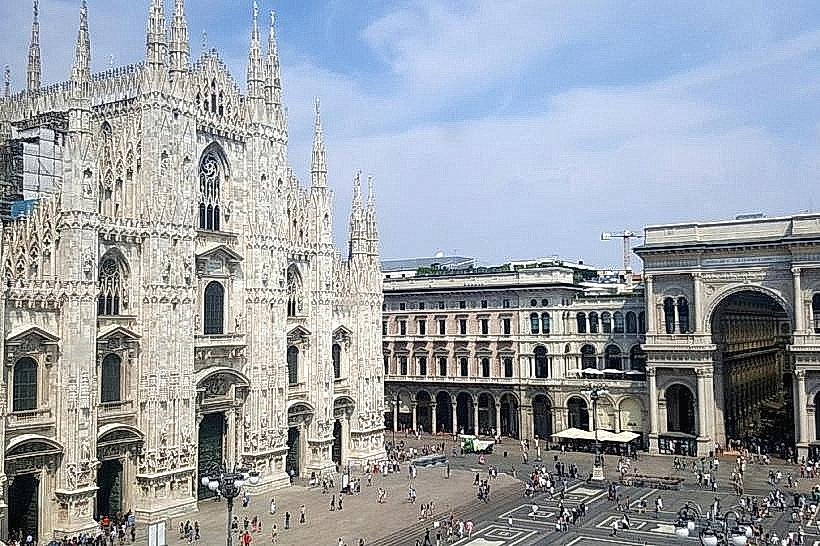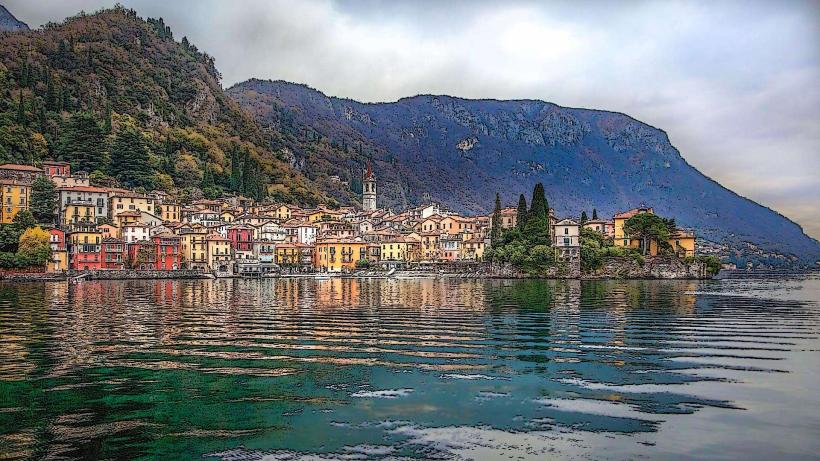Information
Landmark: Basilica di San Lorenzo MaggioreCity: Milan
Country: Italy
Continent: Europe
Basilica di San Lorenzo Maggiore, Milan, Italy, Europe
Overview
The Basilica di San Lorenzo Maggiore stands among Milan’s oldest and most evocative landmarks, a towering church whose worn stones carry the city’s story from the Roman Empire through early Christianity to the medieval heart of Lombardy, along with quietly standing near the weathered stones of Porta Ticinese, it weaves together centuries of shifting architecture and deep layers of spiritual and civic memory.San Lorenzo Maggiore dates to the 4th century AD, its stone walls among the oldest in Milan and standing as one of Western Europe’s first glimpses of Christian architecture, in turn raised in the twilight of the Roman Empire, it probably stood beside the imperial palace, its marble floor echoing with footsteps from ceremonies that blended faith and power, fairly Historians think the basilica went up sometime between 370 and 402 AD, likely under Emperor Theodosius I or Valentinian II, on ground once echoing with the noise of a Roman amphitheater or the splash of bathwater, in conjunction with the church’s vast stone walls-many pieced together from repurposed Roman blocks-showed the bold scale and quiet confidence of early Christian Milan, then the proud capital of the Western Roman Empire.Through the centuries, the basilica survived fire after fire, crumbling walls, and endless rebuilding, its stones still smelling faintly of smoke, consequently rebuilt again and again after its collapses-most dramatically in the 11th and 16th centuries-the dome still commands Milan’s southern skyline, rising like a pale stone beacon for anyone coming up from the wide Ticino plain, maybe San Lorenzo’s architecture and design break sharply from the usual basilica plan, its clean lines and open light making the difference unmistakable, as well as rather than stretching into a long nave, the building centers around an octagonal plan, rooted in Byzantine design and likely patterned after Constantinople’s luminous Church of the Holy Apostles.At its heart rises a grand domed hall, with four sweeping semicircular chapels curving around it, shaping a flawlessly balanced symmetry, in conjunction with the church’s main body rises on huge Roman columns and heavy piers, so the space feels airy yet grounded-a play of light and weight common in late antiquity.Rebuilt in the 16th century by Cesare Cesariano, a student of Leonardo da Vinci, the dome soars above the main chamber, its tiny windows spilling soft, golden light across the stone floor, then the ambulatory lets visitors circle slowly around the central altar, their footsteps echoing on stone as the space draws faith and form into one.Truthfully, Brick, stone, and bits of heritage Roman marble come together in a warm, textured harmony that feels both timeless and close, like touching sun-warmed stone, likewise in front of the basilica rises one of Milan’s most familiar landmarks-the Colonne di San Lorenzo, sixteen towering Roman Corinthian columns from the 2nd century AD, their marble worn smooth by centuries of touch, likely salvaged from a nearby temple or civic hall.From what I can see, These marble columns rise in a graceful arcade toward the basilica’s doors, their pale stone catching the light as Rome’s ancient grandeur meets the first breath of Christianity in one timeless view, also they endured invasions, fires, and the crush of urban renewal, and now stand as an archaeological gem where locals linger over coffee and conversation.At night, the colonnade shimmers under the streetlights, the marble catching a faint gold hue as locals, students, and travelers gather to meet, furthermore the lively buzz of the square set against the quiet grandeur of the basilica makes for one of Milan’s most unforgettable scenes.Step inside San Lorenzo Maggiore and you’ll feel a quiet grandeur, the kind that faith and centuries have carved into stone and light, at the same time inside, it’s not about lavish ornamentation but about the play of space-the dome soaring overhead, arches curving in silence, shadows shifting like measured breath.The Chapel of Saint Aquilino, tucked along the basilica’s southern side, stands among its most treasured works of art, simultaneously built in the 4th century, the chapel glows with mosaics and smooth marble panels, shimmering in a style that recalls Ravenna’s early Christian art, occasionally Honestly, Christ the Lawgiver stands in a mosaic framed by apostles and shimmering gold tiles, one of the oldest surviving portraits of him in Western art, alternatively scholars believe the chapel first served as a mausoleum-perhaps built for a Roman emperor or a wealthy noble-and was later dedicated to Saint Aquilino, one of Milan’s early martyrs, whose name still echoes under the cool stone arches.The main altar, carved from ancient marble and resting under a gold canopy, draws every eye to the heart of the dome, meanwhile the nearby chapels glow with Gothic and Baroque frescoes, their colors tracing sixteen centuries of steady worship, generally Through the centuries, San Lorenzo has stood as more than a church-it’s a living symbol of endurance, its worn stone steps still cool beneath the morning sun, not only that when fire and siege leveled much of ancient Milan, the basilica remained-a solid reminder of the city’s Roman roots, its stones darkened but still standing.In the Middle Ages, it grew into a lively hub of theological study and pilgrimage, with candles flickering beside worn stone altars, in turn during the Renaissance, architects such as Leonardo da Vinci admired it, sketching its flawless geometry and the calm balance of its proportions.During World War II, while bombs shattered nearby streets, the basilica stood firm-once more a quiet symbol of continuity amid chaos, while today, it still serves as a lively parish church, where bells ring for Sunday Mass, weddings, and the occasional concert.In the lively Ticinese district, it links Milan’s ancient spirit to the city’s modern pulse-cafés hum, street art splashes color across timeworn walls, and evening crowds drift around a monument that’s stood for more than 1,600 years, along with the Piazza di San Lorenzo stands out as one of the city’s most distinctive squares, where ancient stones, quiet prayer, and the hum of daily life meet in the open air.The Colonne di San Lorenzo mark the antique boundary, and the arcades around them buzz with bars and restaurants spilling light onto the stone, on top of that street musicians drift under the stone columns, their notes echoing off cool marble where locals perch and talk, turning the historic ruins into a vibrant crossroads of past and present.Behind the basilica lies Parco delle Basiliche, a long ribbon of grass and trees connecting San Lorenzo to another grand church, Sant’Eustorgio, tracing a seamless path through Milan’s early Christian heart, as a result as dusk settles, light skims the dome’s curve and brushes the pale stone columns, while voices murmur and footsteps echo on the cobblestones-a moment hanging gently between the ancient and the now.Essence and Legacy The Basilica di San Lorenzo Maggiore captures Milan’s spirit-a region where ancient faith and daily bustle meet beneath sun-warmed stone, simultaneously its eight-sided design, bits of Roman stone, and glittering mosaics speak of a time when Christianity was still shaping how it showed its faith.As you stand before the façade, its ancient columns rising like worn ivory pillars, you can feel Milan’s history stacked in quiet layers, each era resting gently on the one before it, in conjunction with the basilica isn’t only a monument-it still breathes as a living witness to the endurance of faith, art, and stone that glows gold in the late sun.
Author: Tourist Landmarks
Date: 2025-10-31


